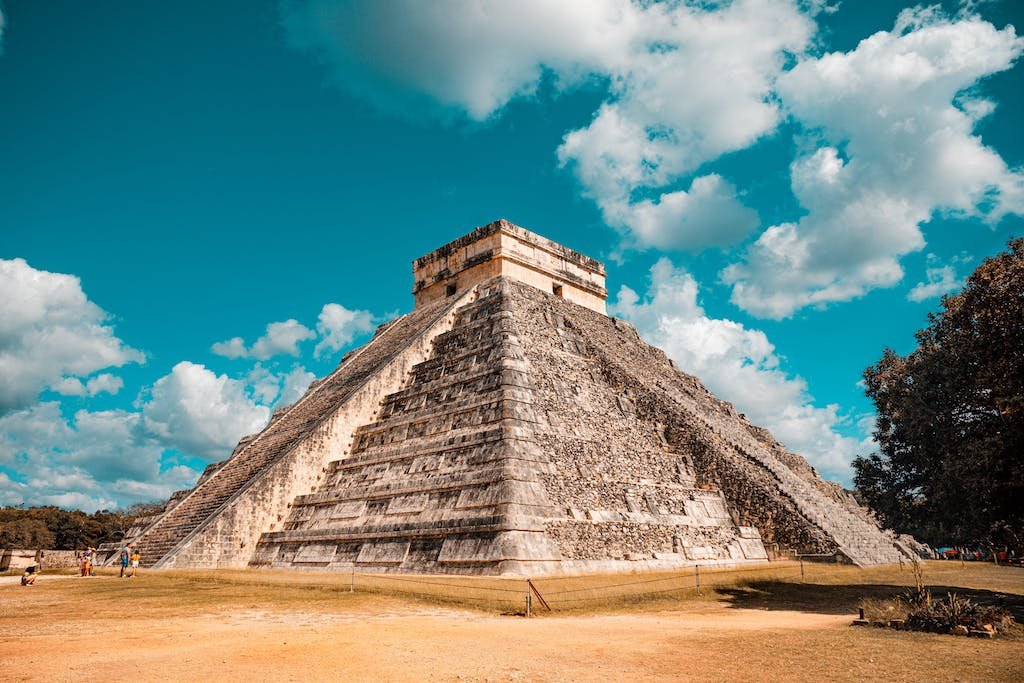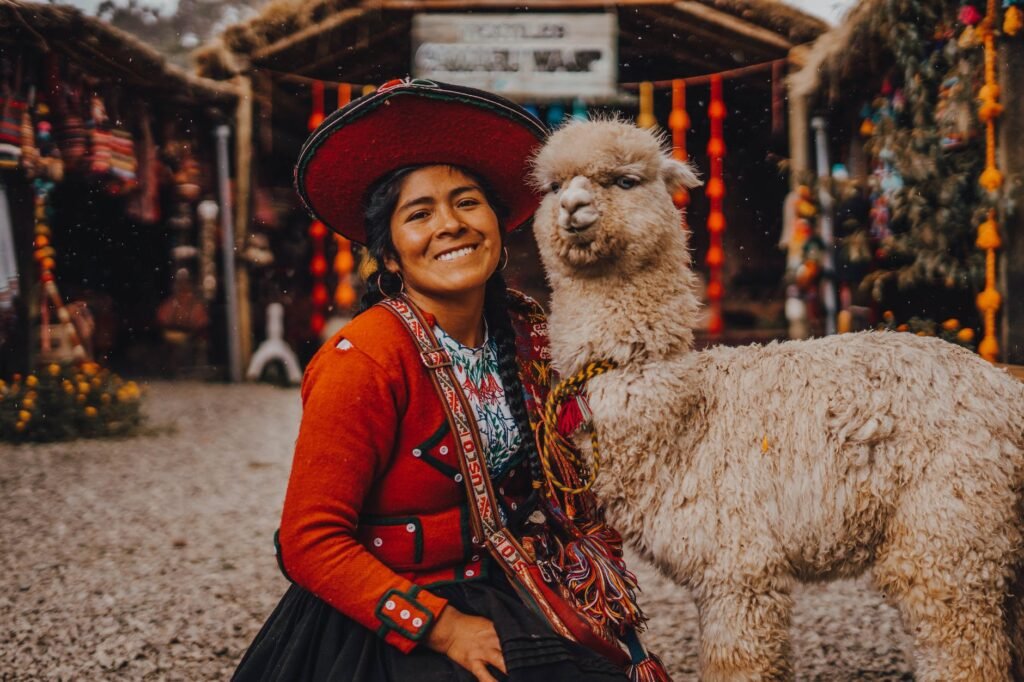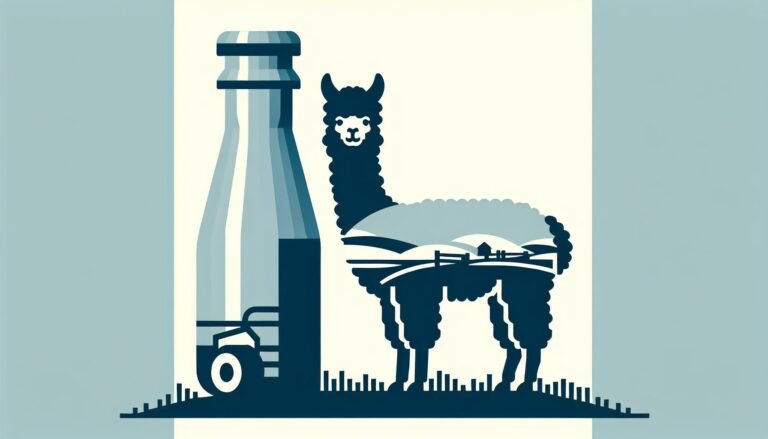Unveiling the Potential: Alpaca Farming Expands to Mexico
Ever wondered if alpacas call Mexico home? I did, and I’m here to share my findings. Alpacas, known for their fluffy coats and friendly demeanor, are native to South America. But does that mean they’ve made the trek north to Mexico?
In today’s post, we’ll dive into the world of alpacas, exploring where they live, their adaptability, and whether Mexico is a part of their geographical range. It’s a fascinating journey that’ll give you a newfound appreciation for these adorable creatures. So, let’s get started, shall we?
Key Takeaways
- Alpacas, primarily found in South America’s Andean Mountain ranges, have shown an impressive level of adaptability, successfully living in diverse climates globally, including the USA, Australia, and Europe.
- The biodiversity of Mexico presents a potentially suitable habitat for alpacas. Its mixture of high altitudes, vast grasslands, the moderate climate mirrors, to some extent, the natural habitat of Peru’s Andean region.
- While climate-wise Mexico may seem like a solid choice for an alpaca habitat, introducing foreign species to new environments requires consideration of factors like potential diseases, genetic diversity, diet, and interaction with local species.
- Alpacas are beginning to make a name for themselves in Mexico, which bears a striking resemblance to their native Andean region in Peru. However, the presence of alpacas in Mexico is not as substantial as in Peru, the US, Australia, or Scandinavia.
- The rise of alpaca farming in Mexico is an exciting prospect with the right strategies and environmental considerations needed to increase their presence. Introducing alpacas needs to be pursued responsibly, with community support and cooperation from local authorities.
- While alpacas are not native to Mexico, because of their adaptability and Mexico’s temperate climate resembling the Peruvian Andes, it is plausible for alpacas to sustain here with the right planning and maintenance.
Where do alpacas live?
As we dive deeper into the world of alpacas, it’s crucial to understand their native habitat. Alpacas are primarily found in South America, specifically in the Andean Mountain range. This vast region, spanning countries like Peru, Bolivia, Ecuador, and Chile, provides high altitudes and harsh winter conditions perfect for the alpaca’s thick coat.

It’s interesting to know, most of the world’s alpaca population, almost 90%, resides in Peru. They’re a pivotal part of Peruvian culture and economy, making them an iconic symbol for the nation.
In addition to South America, these friendly creatures have found homes in other parts of the world as well. They’ve been introduced to countries like the USA, Australia, and even some parts of Europe. These locations have adapted their habitats to suit the needs of alpacas, mainly managing land for grazing and providing adequate shelter to withstand weather conditions.
| Alpaca population distribution | |
|---|---|
| South America | 90% |
| Peru | Most significant |
| USA, Australia, Europe | Introduced locations |
You might be wondering about alpacas and their adaptability. Looking at the versatility of these incredible creatures, I’d say they’ve done spectacularly well.
Let’s continue our journey, and the next questions on our minds might be, “Can alpacas live in Mexico? Has Mexico seen the adorable charm of the alpacas?” These questions will lead us to our next discussion.
Alpaca habitat and adaptability
Native to the chilly altitudes of the Andean mountains, alpacas have thrived in diverse climates across the globe. Be it the frozen tundras of Scandinavia, the lush pastures of Australia, or the vast plains of U.S., these fluffy creatures have shown an impressive level of adaptability.
Alpacas are hardy animals with the unique ability to adjust their metabolic rates according to their environment. This means they can efficiently regulate their energy use, enhancing survival prospects in both cold and hot conditions.

The biodiversity of Mexico offers a potentially suitable habitat for alpacas. With its mixture of high altitudes, vast grasslands, and moderate climate, conditions mirror, to some extent, the natural habitat of Peru’s Andean region. However, the question remains, do alpacas live in Mexico?
Introducing foreign species to new environments always requires caution. It’s crucial to consider factors like potential diseases, genetic diversity, diet, and interaction with local species. While climate-wise Mexico may seem like a solid choice for an alpaca habitat, these factors need consideration.
The presence or absence of alpacas in Mexico is not just about the suitability of climate and landscape. It most importantly hinges on the adaptability of the alpacas and the support from local communities and authorities for their survival.

Reflecting on alpaca adaptability and habitat, it’s clear that these adaptable creatures have the potential to thrive in a variety of global locations. One might say there’s a good chance for the Mexican grasslands, hills, and suburban areas to welcome the charm of these adorable animals as they continue to expand their presence worldwide. Going forward, the prospects seem hopeful for these hardy animals though only time will tell the full story. It’s a topic certainly worth exploring further.
Alpacas in Mexico
While alpacas may not be the first animal that comes to mind when you think of Mexico, they’re beginning to make a name for themselves here. Though traditionally found in Peru’s high-altitude Andean region, alpacas have shown impressive adaptability, surviving and even thriving in various global locations. Mexico, with its diverse landscapes and temperate climate, bears striking resemblance to the Peruvian Andes – making it potentially suitable for alpaca farming.

Mexico’s high altitudes and grasslands offer conditions similar to the alpaca’s natural habitats. These regions, reminiscent of the alpaca’s Andean home, could provide the necessary environment for the animals to thrive. Whether it’s the cool, rugged terrain of Sierra Madre or the expansive, grassy plains of Chihuahua, it’s easy to picture alpacas adjusting well to these surroundings.
So, you may wonder, are there already alpacas in Mexico? The answer is yes – albeit not in numbers comparable to the US, Australia, or Scandinavia. Alpaca farming in Mexico is on the rise, with more and more local communities showing interest. This is not surprising given the widespread demand for alpaca fibre – known for its softness, durability, and heat insulation.
However, introducing a foreign species to a new environment is a delicate process. Issues such as potential diseases, diet adjustments, and potential disturbance to local ecosystems must be taken into account. Local communities and authorities need to work together to promote responsible alpaca farming, ensuring that the animals are healthy and the impact on the local environment is minimal.
Here’s a quick snapshot comparing alpaca populations in various countries:
| Country | Alpaca Population |
|---|---|
| Peru | ~3.5 million |
| Australia | ~300,000 |
| US | ~200,000 |
| Scandinavia | ~5,000 |
| Mexico | Rising, but current data unavailable |
Thus, while alpacas aren’t a common sight in Mexico yet, with the right strategies and environmental considerations, their presence can definitely increase in the future. Please keep in mind that community support and cooperation from local authorities will be vital to ensuring the successful integration of alpaca populations in Mexico. This endeavor could bring economic and ecological benefits but must be pursued consciously.
Are alpacas native to Mexico?
To unfold this intriguing query, let’s dive a bit into the history of alpacas. Alpacas are actually not native to Mexico. They originally hail from South America, specifically the high altitude regions of Peru, Bolivia, and Chile. That’s their natural habitat, where they’ve been domesticated by the indigenous people for thousands of years, mainly for their high-quality fleece.
However, alpacas are pretty adaptive animals and they’ve been successfully introduced to different climates and environments across the globe. So, while they are not native to Mexico, there’s no doubt that they can sustain here, thanks to Mexico’s temperate climate which resembles their natural conditions in the Peruvian Andes.
Bringing in alpacas to Mexico is not as straightforward as it seems. Factors such as local ecosystems, potential diseases, and diet adjustments play a vital role. It is imperative to ensure the alpaca’s wellbeing and prevent any possible negative impacts on the environment or existing livestock. With the right planning and maintenance, alpacas can indeed make a happy home in Mexico.
Let’s consider some data. Exact numbers of alpaca populations in various regions are not readily available, but we know that countries worldwide have steadily introduced alpacas due to the growing demand for their warm, soft, and durable fiber.
Let’s look at the population of alpacas in different countries:
| Country | Estimated Alpaca Population |
|---|---|
| Peru | 3.5 million |
| Australia | 200,000 |
| United States | 150,000 |
Unfortunately, Mexico doesn’t have a well-recorded count yet. This paves the way for the prospects of alpaca farming in Mexico. The potential success of alpaca farming in Mexico depends significantly on community involvement and cooperation with local authorities. The journey is unchartered, making it a thrilling venture to observe.








One Comment
Our picks
Alpaca & Wool Felted Sole Inserts: Comfy Upgrade?
Best Alpaca Socks for Hiking: Ultimate Comfort and Durability on Trails
Best Alpaca Halter for Comfort and Control